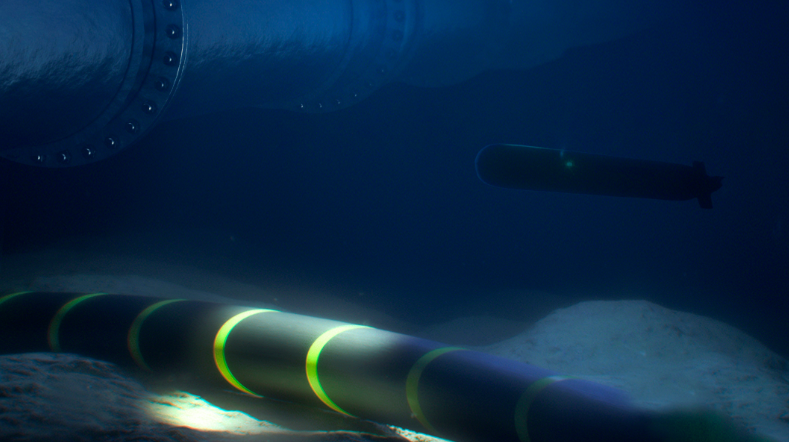Free fall lifeboats
Onboard safety regulations and measures in offshore drilling are among the strictest in the world, including sufficient lifeboat capacity. These lifeboats are often freefall lifeboats that may be dropped from over thirty metres above sealevel. The Norwegian Oil Industry Association (OLF) asked TNO to evaluate the safety procedures. We found that they were not as safe as they should be. So we set about to improve freefall lifeboat safety.
TNO has been active in the automotive and maritime industries for decades, covering a wide range of fields, including e.g. crash testing, safety and human factors. When Statoil asked us to evaluate the safety of its freefall lifeboats, our tests indicated that onboard occupant safety was not guaranteed. If a lifeboat was dropped from thirty metres in a rough sea, the risk of injury for the occupants could increase dramatically compared to exercise drop scenarios in calm water.
Also, occupant safety requirements for these lifeboats were much less strict than the requirements for car occupants, meaning that offshore procedures could benefit from the automotive industry. In a collaboration between Statoil, the Norwegian Oil Industry Association (OLF), the Norwegian Marine Technology Institute MARINTEK and TNO the scope was extended to davits-launched lifeboats, which have their own specific occupant injury risks. Our ambition: to improve freefall lifeboat safety.
10,000 different scenarios
To obtain a reliable picture of the actual safety of freefall lifeboats nearly the entire current lifeboat fleet under OLF's control was run through 10,000 scenarios at TNO. The scenarios were all based on full-scale tests, crash tests involving dummies with hypersensitive sensors and validated simulations, allowing us to measure the effects on a human body inside a freefall lifeboat that is dropped from a rig.
The scenarios also covered the full range of influencing factors, including e.g. drop and wave height, sea conditions, occupant size and weight and angle of impact. The outcome of the tests published by TNO has already led to many changes in the design of freefall lifeboats. Det Norske Veritas accepted our occupant safety evaluation method as the new interim standard for freefall lifeboat design. The first results can now be seen in the improved new lifeboats that are entering the market today.
Get inspired
Unveiling the future of vapour detection technology
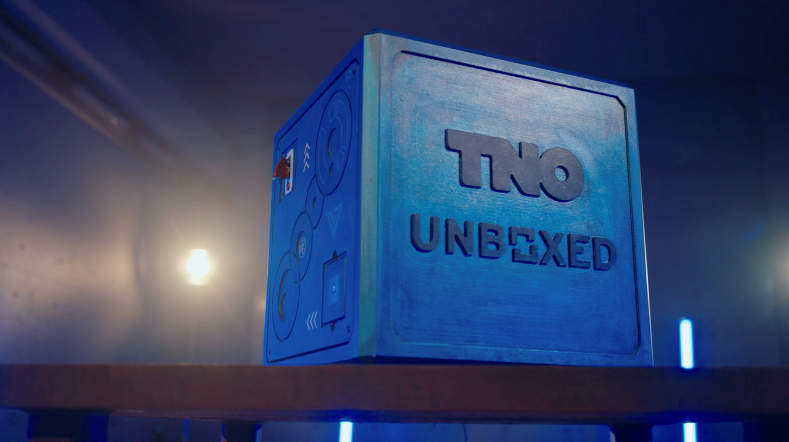

EMBRAPII and TNO signed a Memorandum of Understanding (MoU)
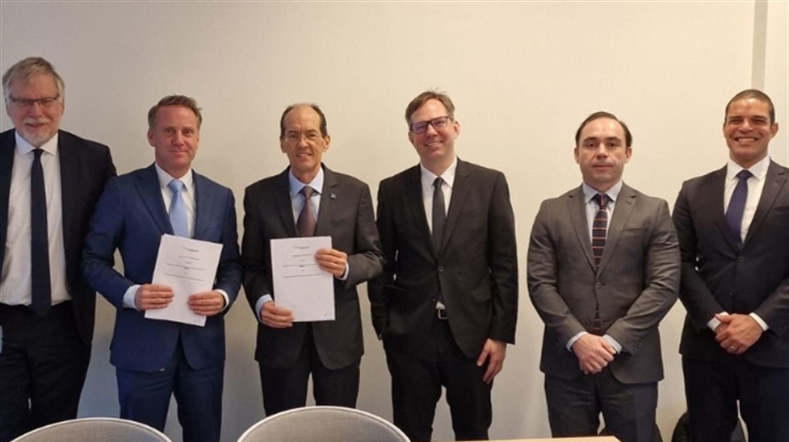

AIVD, CWI, and TNO publish renewed handbook for quantum-safe cryptography
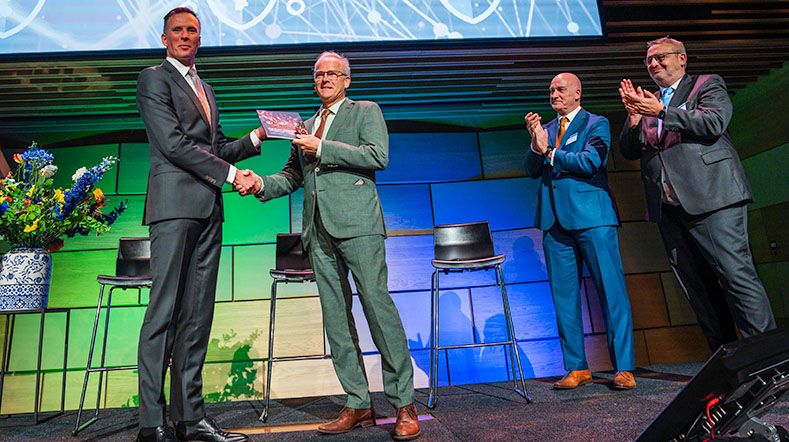

How do we limit damage to marine mammals from our underwater noise?
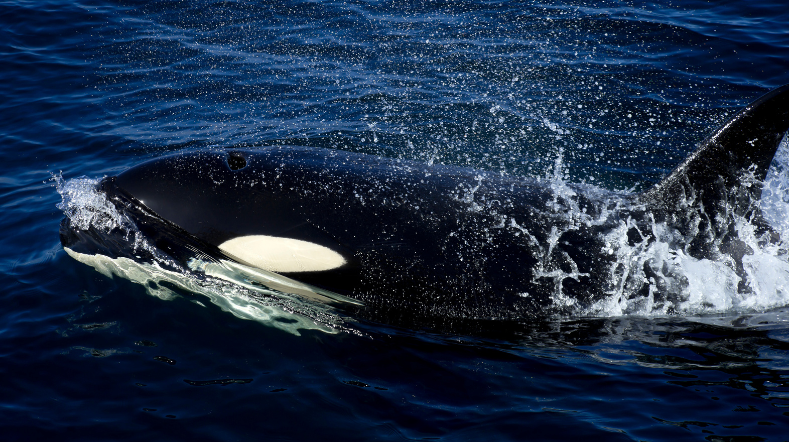

TNO develops detection system to protect cables and pipelines on seabed
